Soil Stabilization Techniques


Charlie
Technical Writer
Charlie focuses on the technical aspects of home systems, from electrical wiring to HVAC efficiency. He breaks down complex building codes into actionable advice for every homeowner.
View Full Profile →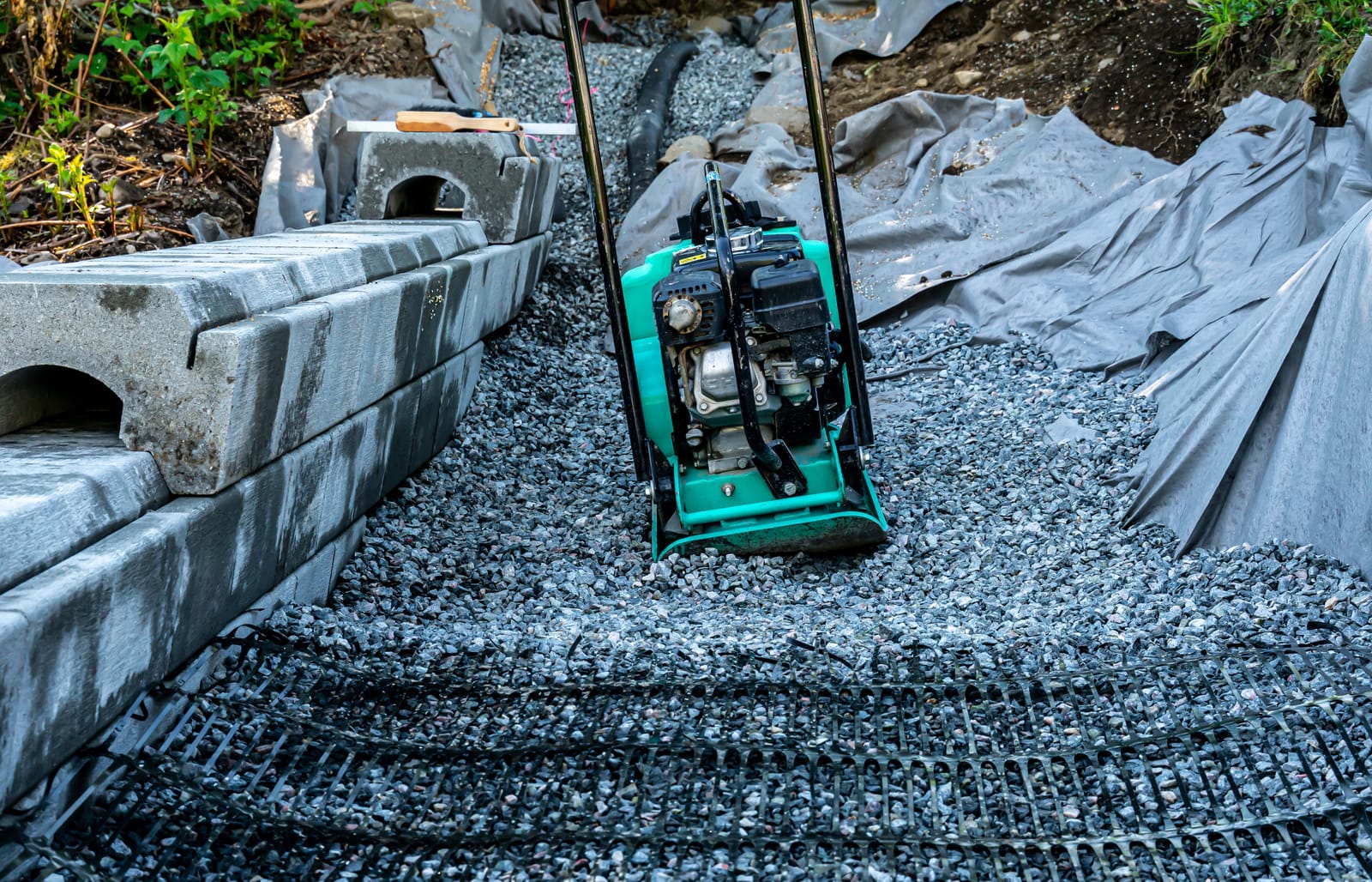
The stability of the ground beneath your home, or property, is of paramount importance. Like the old saying goes, your home is only as good as the foundation it’s built on. Whether you are planning to build a new home, dealing with soil-related issues in your current home, or looking at buying a home in an area with soil stability issues, understanding soil stabilization techniques is crucial.
What is soil stabilization
Soil stabilization refers to the process of modifying or improving the physical properties of soil to make it more suitable for construction, landscaping, or other engineering purposes. The primary goal of soil stabilization is to enhance the soil’s strength, durability, and resistance to various environmental factors, such as moisture, erosion, and settling. This process ensures that the soil can adequately support structures, such as homes, roadways, or other infrastructure while minimizing issues like subsidence and soil erosion.
Soil Stabilization Techniques
Compaction
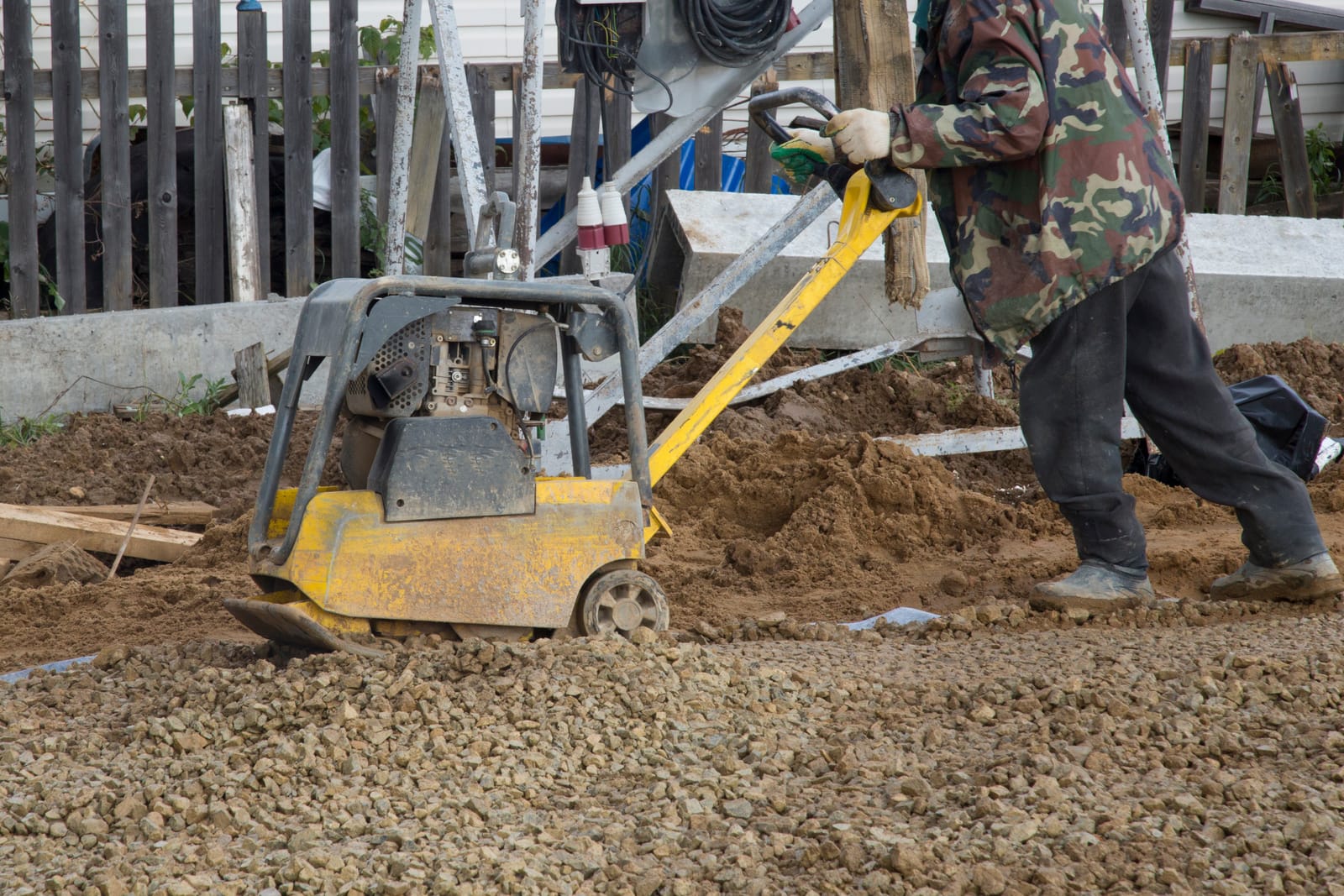
Compaction is the most commonly used of soil stabilization techniques because it is relatively simple, cost-effective, and highly effective in stabilizing a wide range of soil types (including clay, silt, and sand). It involves compressing the soil to reduce its volume and increase its density. This process improves the load-bearing capacity of the soil, making it more stable for building foundations. Compaction is often used when preparing the ground for construction or road projects. Specialized machinery, such as vibratory rollers or compactors, are used to achieve the desired soil density. This process of mechanically compacting the soil to increase its density and load-bearing capacity. Compaction reduces the soil’s porosity, making it less susceptible to settling and erosion.
Chemical Stabilization
Chemical stabilization involves the use of chemical agents to improve soil properties. Lime and cement are commonly used chemicals for this purpose. When mixed with the soil, they react to form stable compounds that enhance the soil’s load-bearing capacity and reduce its susceptibility to moisture-induced problems. Other proprietary mixtures are used throughout the world which are generally combinations of manufacturing byproducts. Chemical stabilization can be a cost-effective solution for treating expansive or weak soils, however there has been a growing amount of evidence that it can be problematic in soils high in sulfur content.
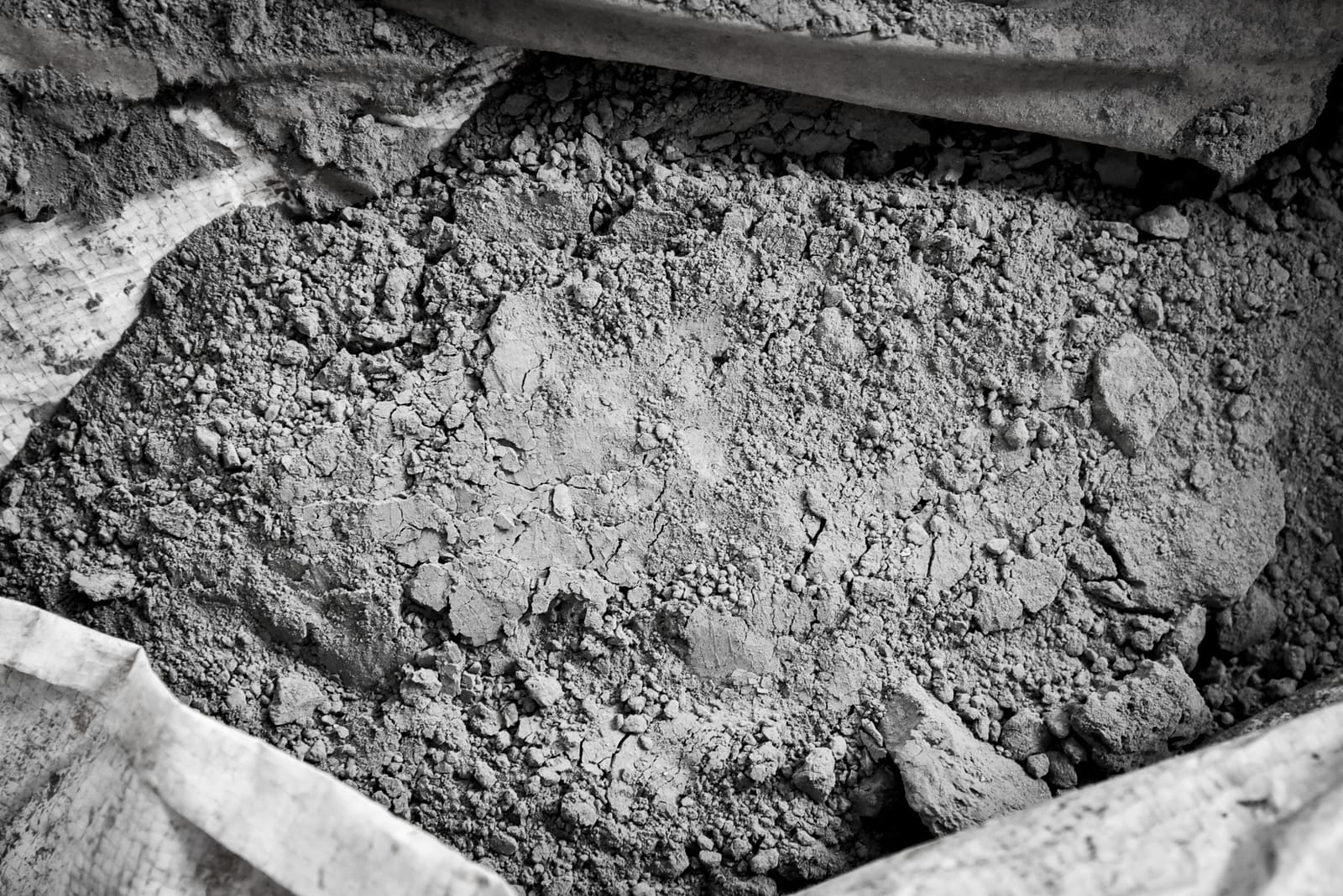
Soil cement is a mixture of soil, cement, and water that forms a strong, durable material when cured. It is commonly used to stabilize weak soils and can be an excellent solution for areas with poor soil quality. Soil cement is particularly effective in preventing erosion and improving the load-bearing capacity of the soil. It is often used for creating stable building foundations, roads, and parking lots.
Gravel or Stone Paving
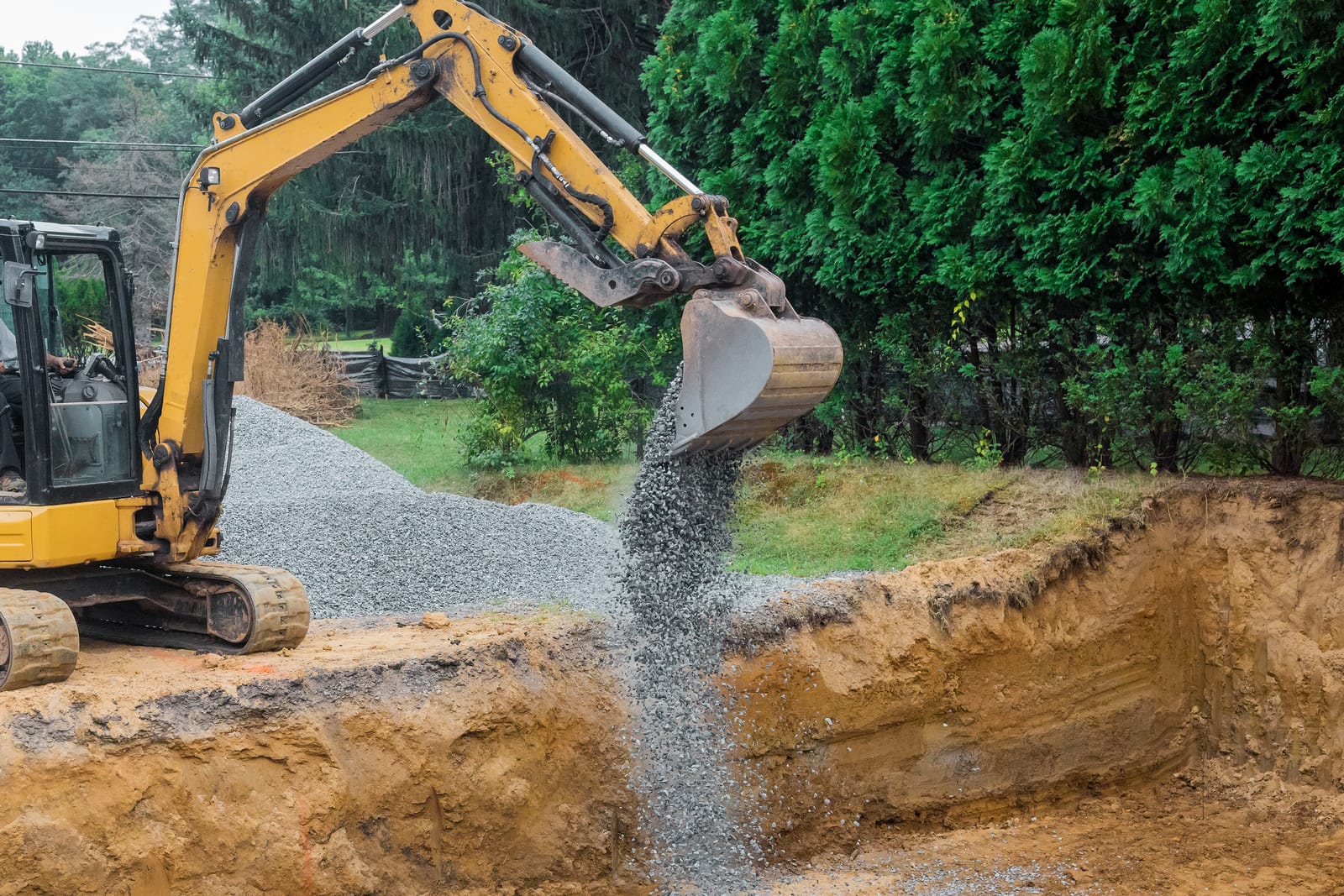
Another popular technique for soil stabilization is the use of gravel or stone paving. This involves covering the soil with a layer of crushed stones or gravel, which provides a stable surface for walking, driving, or parking. Gravel or stone paving not only prevents soil erosion but also enhances drainage, reducing the risk of water-related soil issues. This is a cost-effective way to stabilize driveways, pathways, and even larger areas of your property.
Geotextiles
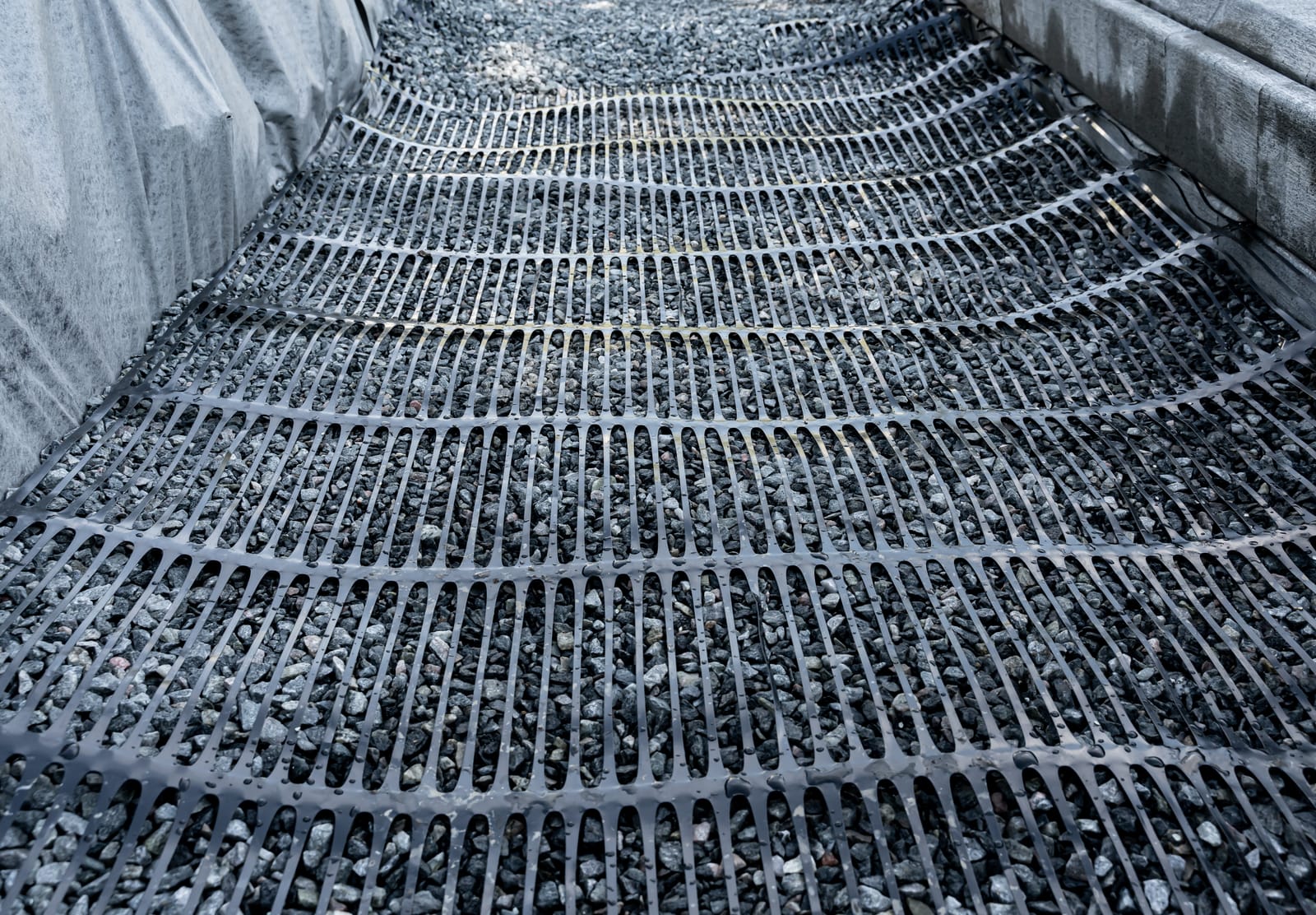
Geotextiles are synthetic materials designed to reinforce soil and control erosion. They come in various forms, including geogrids, geotextile fabrics, and geocomposites. These materials are placed in or on the soil to improve its strength, stability, and drainage. Geotextiles are commonly used for retaining walls, embankments, and slopes to prevent soil erosion and ensure long-term stability.
Vegetation and Bioengineering
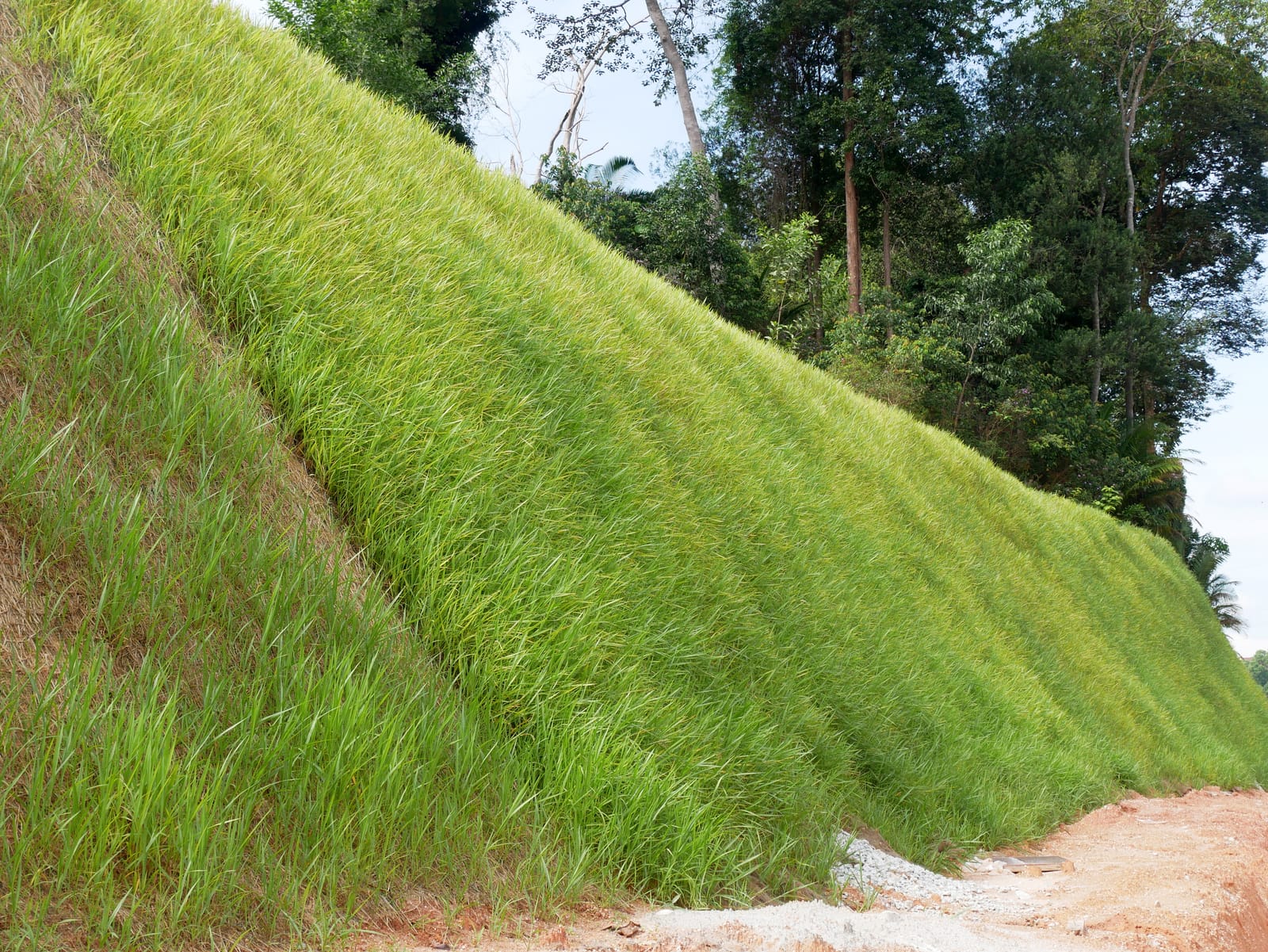
In some cases, especially for homeowners concerned about environmental impact, vegetation and bioengineering can be effective soil stabilization techniques. Planting trees, shrubs, and ground cover can help stabilize soil, reduce erosion, and enhance the overall ecosystem. Additionally, techniques like planting vegetation on slopes, building vegetated swales or installing erosion control mats can protect the soil from erosion while promoting a green landscape.
Environments Where Soil Stabilization is Needed
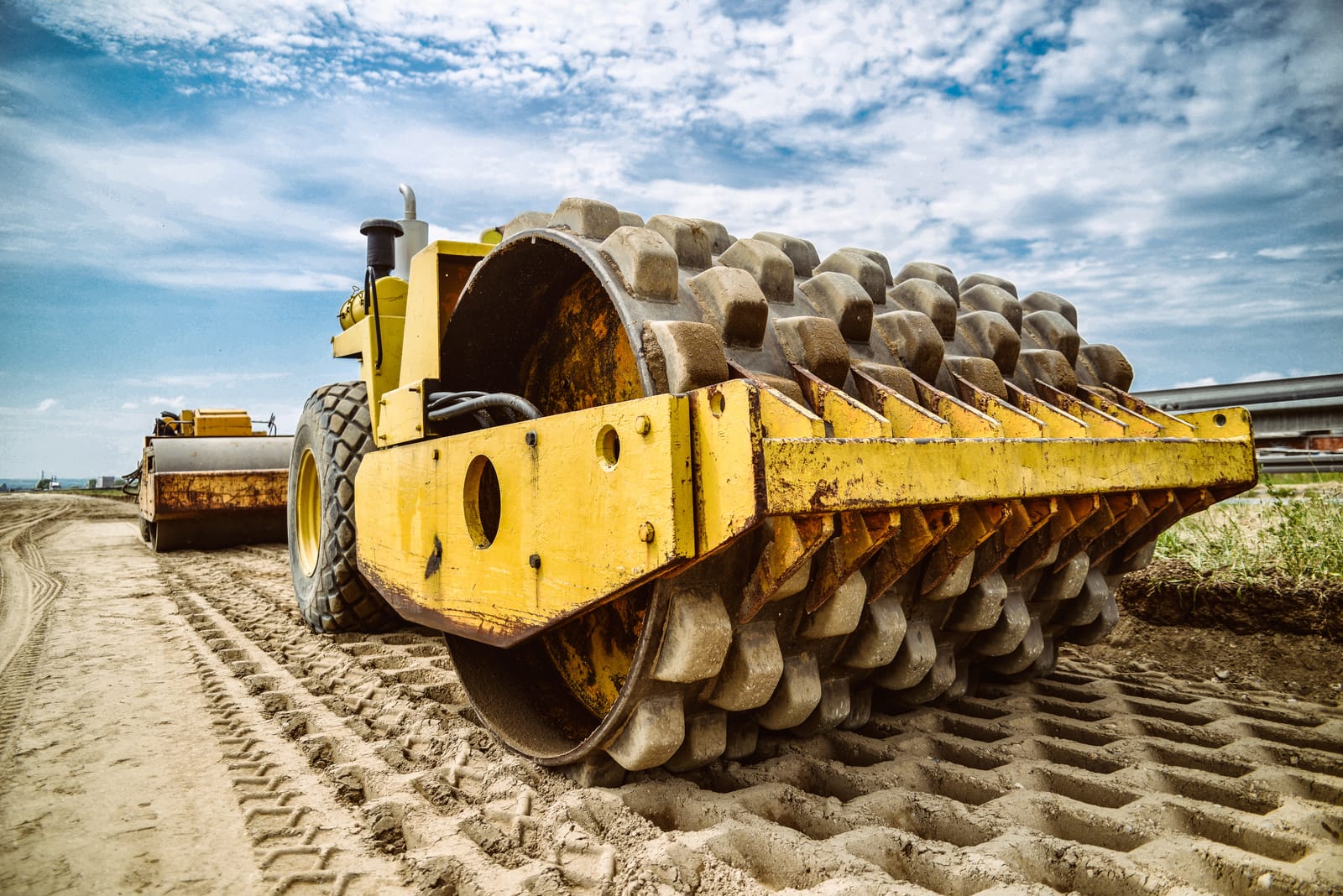
Soil stabilization is needed in a wide range of situations all around the world. Areas that have a particular need for this include:
Coastal Areas
These regions often experience erosion and soil instability due to tidal and wave action. Rising sea levels around the world may contribute to more aggressive erosion in the future. Advanced techniques will be required to maintain existing soils and save coastal buildings.
Expansive soils
Regions with expansive soils, such as clay-rich soils that undergo significant volume changes with moisture fluctuations, often require soil stabilization to prevent issues like foundation movement and structural damage. States like Texas, parts of the Midwest, and many other areas globally have expansive soil concerns.
Hilly and Mountainous Terrain
Sloping or mountainous terrain can be prone to soil erosion and landslides, making soil stabilization crucial for preserving the structures as well as preventing environmental damage. These concerns are relevant in regions like the Appalachian Mountains, the Rocky Mountains, and various mountainous areas worldwide.
10 Signs to Look for Indicating Soil Stabilization Issues
While many signs of soil stabilization issues are signs of foundation settlement, recognizing these warning signs is crucial for homeowners, builders, and engineers to address potential problems early and prevent costly damage to structures and landscapes. Here are some common warning signs of poor soil stabilization:
-
Foundation Cracks and Settlement
-
Uneven or sloping floors inside the building.
-
Visible cracks in the walls, ceilings, or foundation.
-
Doors and windows that stick or do not close properly.
-
Gaps or separations between the foundation and walls.
-
-
Erosion and Soil Washout
-
Visible erosion or soil displacement on slopes or embankments.
-
Depressions or sinkholes forming in the ground.
-
Exposed roots or tree trunks due to soil erosion.
-
-
Paved Surface Damage
-
Cracks, potholes, or uneven surfaces on driveways or roads.
-
Rutting or settling of pavement.
-
Deterioration of walkways.
-
-
Poor Drainage and Standing Water
-
Frequent puddles or standing water in the yard or on paved surfaces.
-
Waterlogged soil around foundations.
-
Signs of water infiltration into basements or crawl spaces.
-
-
Uneven Landscaping
-
Tilting or leaning of retaining walls.
-
Separation of landscape features, such as garden beds or pathways.
-
Changes in the landscape’s contour or shape.
-
-
Cracking in Hardscapes
-
Cracks in concrete patios, sidewalks, or retaining walls.
-
Shifting or settling of outdoor features like decks or gazebos.
-
-
Soil Settling and Compression
-
Visible signs of soil compaction or settling around structures.
-
Sinking or tilting of outdoor fixtures, such as fences or lampposts.
-
-
Vegetation Stress
-
Unhealthy or dying vegetation, especially trees and shrubs.
-
Roots exposed due to soil erosion.
-
Signs of nutrient deficiency or water stress in plants.
-
-
Soil Moisture Problems
-
Persistent moisture or flooding issues in crawl spaces or basements.
-
Soggy or excessively wet soil in areas where drainage should be effective.
-
-
Wall Leaning or Tilting
- Gaps between walls and the surrounding soil.
Soil stabilization is a critical consideration for homeowners and prospective homeowners, as it directly affects the safety and longevity of your property. Whether you’re planning a new construction project or dealing with existing soil-related issues. Consult with a qualified engineer or contractor to determine the best approach for your specific soil conditions and property needs. Proper soil stabilization not only ensures the stability of your structures but also contributes to the overall sustainability and aesthetics of your property. By selecting the appropriate technique, engineers and contractors also help prevent costly and potentially dangerous soil-related problems, such as subsidence, erosion, and structural failure.